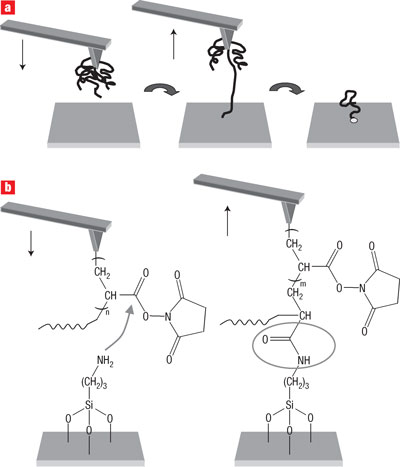30 nanometer diameter DNA Barrels
A group of students at Harvard University have constructed 30 nanometers in diameter DNA containers. The DNA barrels could one day be used to deliver drugs or gene or protein-based therapies to specific tissues in the body. While DNA architecture previously took years to design and construct, a method developed earlier this year provides a …



